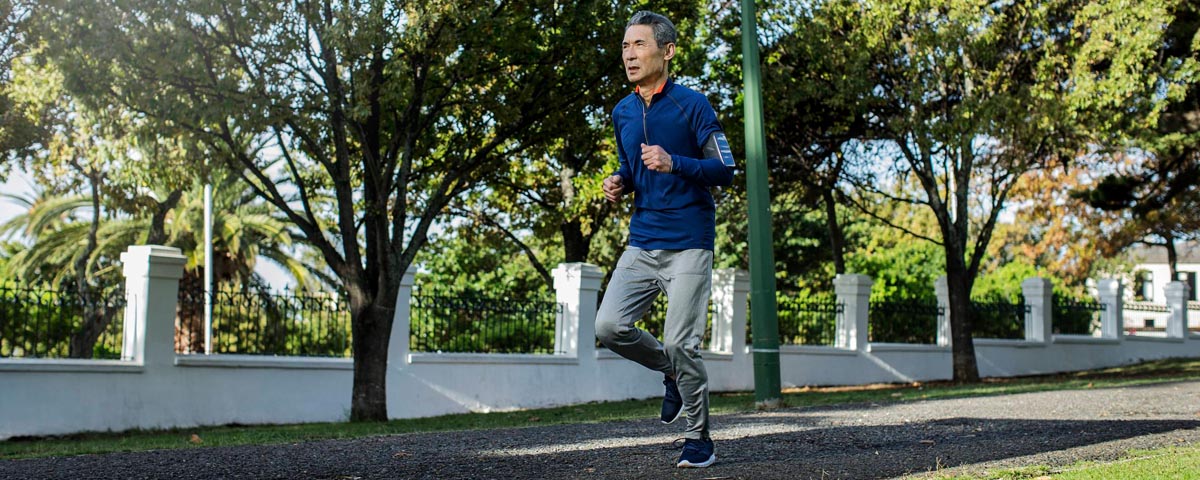Physical activity is an important part of daily life. An active lifestyle helps reduce health complications, improves sleep, aides concentration and allows us to eat without remorse. Hearing aid users often take off their hearing aids while exercising for two main reasons. The first is a fear of damaging them with sweat and moisture. The second is fear of losing them during vigorous exercise. Here are some tips to help keep your hearing aids safe and working working during workouts.
Best ways to protect your hearing aids while exercising
- Using a headband will absorb and protect your hearing aids against sweat. The headband will also help to keep them in place.
- Purchasing protective sleeves that cover your aids such as Ear-Gear will help protect from sweat and moisture.
- Using hearing aid clips allows you to attach your hearing aids to your shirt, preventing loss during sudden movements. Ear-Gear make models with cords built in to them.
- Placing your hearing aids in a dehumidifier after exercising will ensure that any residual sweat and moisture is absorbed to keep your hearing aids dry.
Wearing hearing aids can help during sports and exercise
- For those with MFi hearing aids, they will be able to stream music or audiobooks right from their iPhone to their hearing aids. However, unlike headphones, the hearing aid microphones will still pick up your surrounding sounds improving safety.
- For those without MFi hearing aids, a Bluetooth streamer can do the same. Some examples of these are the ComPilot, EasyTek, Phoneclip+ and Com-DEX.
- When in a safe environment, using Bluetooth audio, you can also turn down external noises, allowing you to focus solely on your music and your exercise.
- For sports or group classes with a coach or instructor, an FM system can make a huge difference. Having the instructor wear a portable microphone that will then transmit their voice directly into your hearing aids despite the distance.






